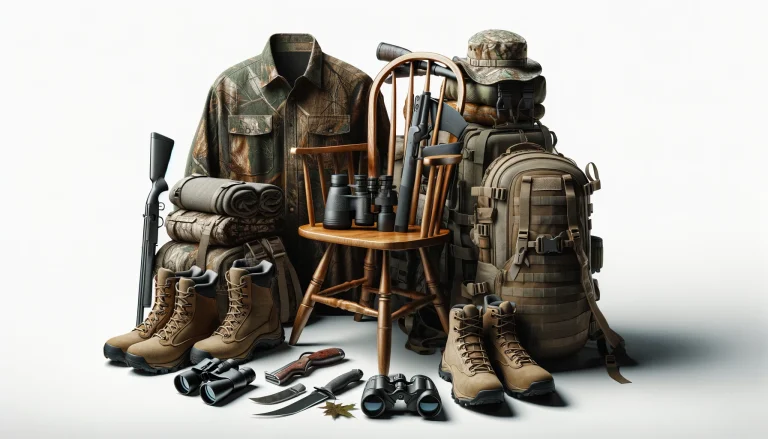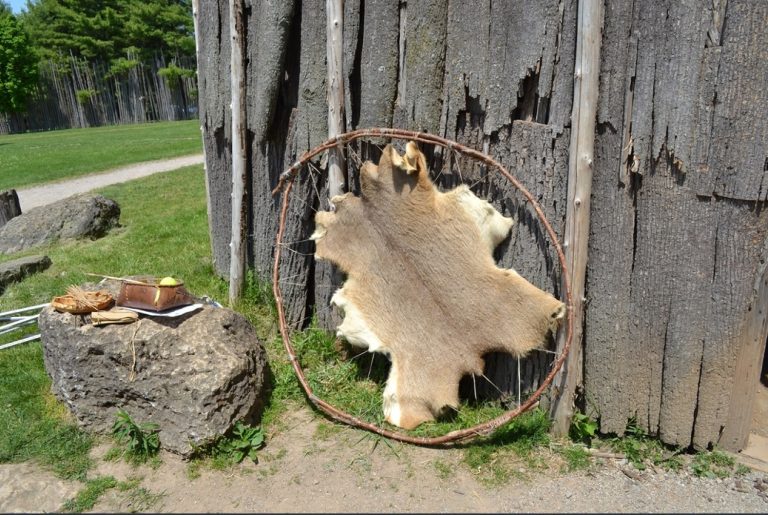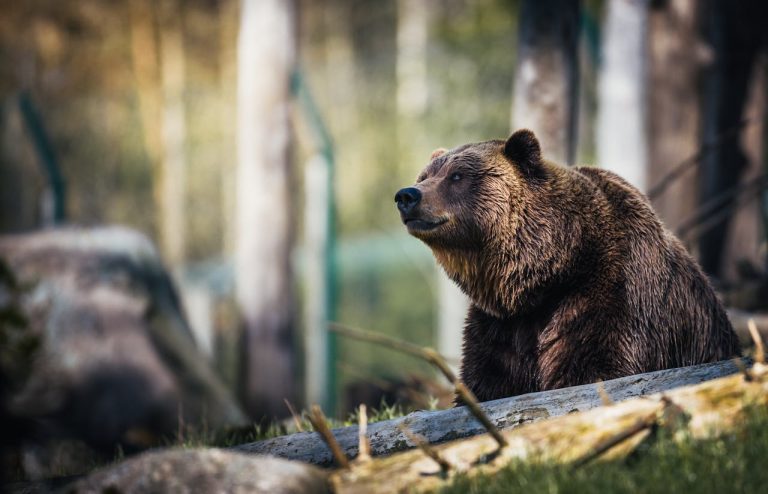No doubt that modern bows and arrows make hunting much more comfortable. However, hunters in the old days often make archery on their own, from the bow, arrows, quiver, etc. Why can’t you? With some carpentry skills and tools at home, you can follow a 6-step instruction on how to make a bow and arrow for hunting.
What Do You Need to Create a Primitive Bow and Arrow?
Back then, hunters only need a knife to create their bow from A to Z. However; you do not have to struggle yourself as much. Many modern tools available will make your work much easier while improving the accuracy and effectiveness of the final bow and arrow.
Here comes a list of essential tools:
- A circular saw;
- A debarking tool;
- Pillar knife;
- Alloy steel files;
- Wood glue;
- Fletching jig;
- Precision nock;
- A long bowstring; (buy one or create your own)
- Tapper tools and archery feathers, etc.
All are checked? Then, get started!
How to Make a Bow and Arrow for Hunting?
Deciding the type of bow
You might be interested: Where to Shoot a Deer with Bow?
There are different choices when it comes to homemade bow and arrow. For example, a short and sinew-backed bow like that of the American Plains Indians, or the recurved-wooden bow introduced by Eastern Woodlands Indians. They might have the same materials and similar design; however, the detailed techniques to make that bow and arrow are definitely different.
Truth be told, you do not need to go complicated for your very first DIY archery bow. Here we will instruct you how to make a bow and arrow for hunting in the most basic way. Still, the final reward is the look and feel of a handcrafted bow.
Cutting the right piece of wood
Whether the bow is durable and flexible enough to shoot with is all about the wood. Thus, you need to choose the right piece of wood right from the start. You can go into the forest or simply buy one from the local hardware store. Just take notes at some points.
- Red oak is the most straightforward hardwood for homemade bows and arrows.
Or you can try black walnut, maple, orange orange, ash, or yew.
If you buy the wood, it is more likely that you can get a perfectly dry piece with no knots or curves. Those with some knots and wavy grains are acceptable, but make sure the grains are not too large because they are the bow’s weakened point.
- If you cut the tree on the wood, consider the southside of the tree.
The tree often has more pin knots and branches on the southside because it gets more light on that side. As a result, the wood there are thicker and denser.
- Remember to cut/choose the piece of wood that is a bit longer than your height.
Use a saw to cut off the wood, around 2 inches wide and 6 feet long. Make sure that it is thick at the center. Also, leave out the parts with knots, limbs, and twists.
Determining its natural curve and laying out the ball
Get started by checking the natural curve of the wood to decide whether to place the features.
- Put one end of the wood on a flat surface; determine the stick’s natural angle.
- Place your hands on the other end – one at the top and the other slightly pressing against the wood’s middle.
- Take notes of the natural belly position – The handhold, above end, is the upper limb, and the other is the lower limb.
Cutting and thinning the limb to shape the bow
You can refer to the measurements above. All begin at the center outwards. On two limbs, make some spaces to groove the bowstring.
Use the knife to carve from the belly down to the limbs until the two sides curve similarly. Please be careful because much pressure on the back on the bow can cause breaks and damages.
Adding a handle to the board
In the center, there is a thicker part for our hand to grip. It is the handle. Then, prepare an 8-inch wooden piece and use glue to add it to the board. Wait for 24 hours or longer so that the glue is dried, and the handle firmly connects to the bow. Try drawing the bow out and cut off the leftover parts.
Tillering and Stringing the bow
Now, it is high time for the most challenging part to make a bow and arrow for hunting. Accordingly, it would help if you tillered the bow, meaning you make the bow bend on two sides. Alloy steel files will help.
You shouls place a parachute cord on two limbs and have the bow stayed on the tiller’s top. Then, pull down the string to the level that two limbs curve similarly. Hold on for several minutes before you let the bow go back to its original status. Repeat the tillering process for 15 to 20 times as a way to exercise the ball.
After that, you can replace the parachute cord with the true bowstring. Select the string that is not stretchy. When you string your DIY bow, you might want it to be 6 inches from the handle. The tip has a shorter string than the unflexed length of the bow. Remember to tie a loose loop with secure knots.
The bow is ready to shoot now, with your homemade arrows!
How to Make an Arrow for Hunting?
The arrows are, in fact, complicated because a small imprecision in the arrow can lead to throwing off your shot. The complex is not about how you construct the arrow, but the way to assemble all parts.
Selecting the arrow sticks
You can use the piece of wood similar to what you use to create the bow. Or, go for the Mullen or goldenrod.
Split the piece into sticks, as straight as possible. The length of arrows should be half as that of the bow or at least able to be pulled back from the handle center.
Shaping the arrows
Either carve the wood smooth around the arrow or heat the shalf over coals. Be careful not to burn the wood. Cool the arrow while you must still hold it straight.
Carving the arrowhead
Simply sharpening the front of the shaft with a knife and fire harden it as above. If possible, construct a metal or stone arrowhead and attach it to the arrows’ tip with the notch and string.
Adding fletching – optional but recommended
The fletchings will improve the flight of the arrow, but not required for the field-expedient shalf. You can use some animal feathers or buy some specially made for hunting arrows.
Now, we complete the instruction on how to make a bow and arrow for hunting. You can try following the steps right at home.
FAQs
Are homemade bow and arrow powerful enough?
Honestly, the DIY bow and arrows are much simpler than those commercials. It means they are less powerful and accurate.
However, you can still use it to knock out the hunting games, as long as you are skillful enough. Otherwise, we recommend the bow and arrows for practice or in emergent cases.
What should be the thickness of the bow?
It depends on the nature of the chosen wood pieces, as well as your preference and skills.
Generally, too thin, and the bow might snap. Meanwhile, too thick bows being slightly and reduce the flight of arrows significantly.
Why do I have to heat up the arrows?
It helps harden the point of arrows and allows them to penetrate more deeply into the animals. Moreover, the arrows can be drier and more durable.
Takeaway
We hope the topic today, “How to make a bow and arrow for hunting?” is useful for you. A homemade weapon might as less powerful as the modern one, but it saves you a bunch. More importantly, how wonderful it is to hunt with your custom weapon and get successful hunting, then!


















